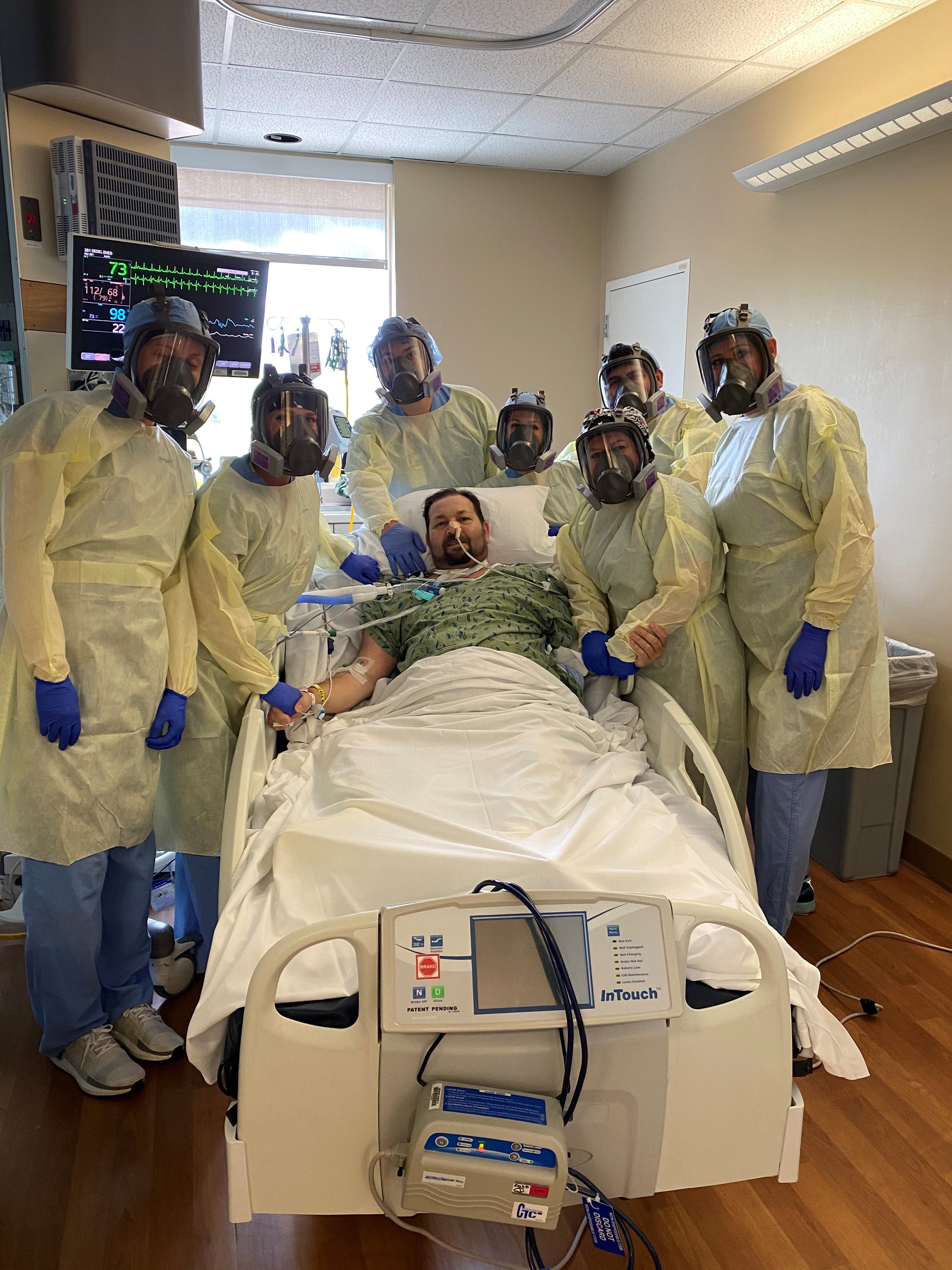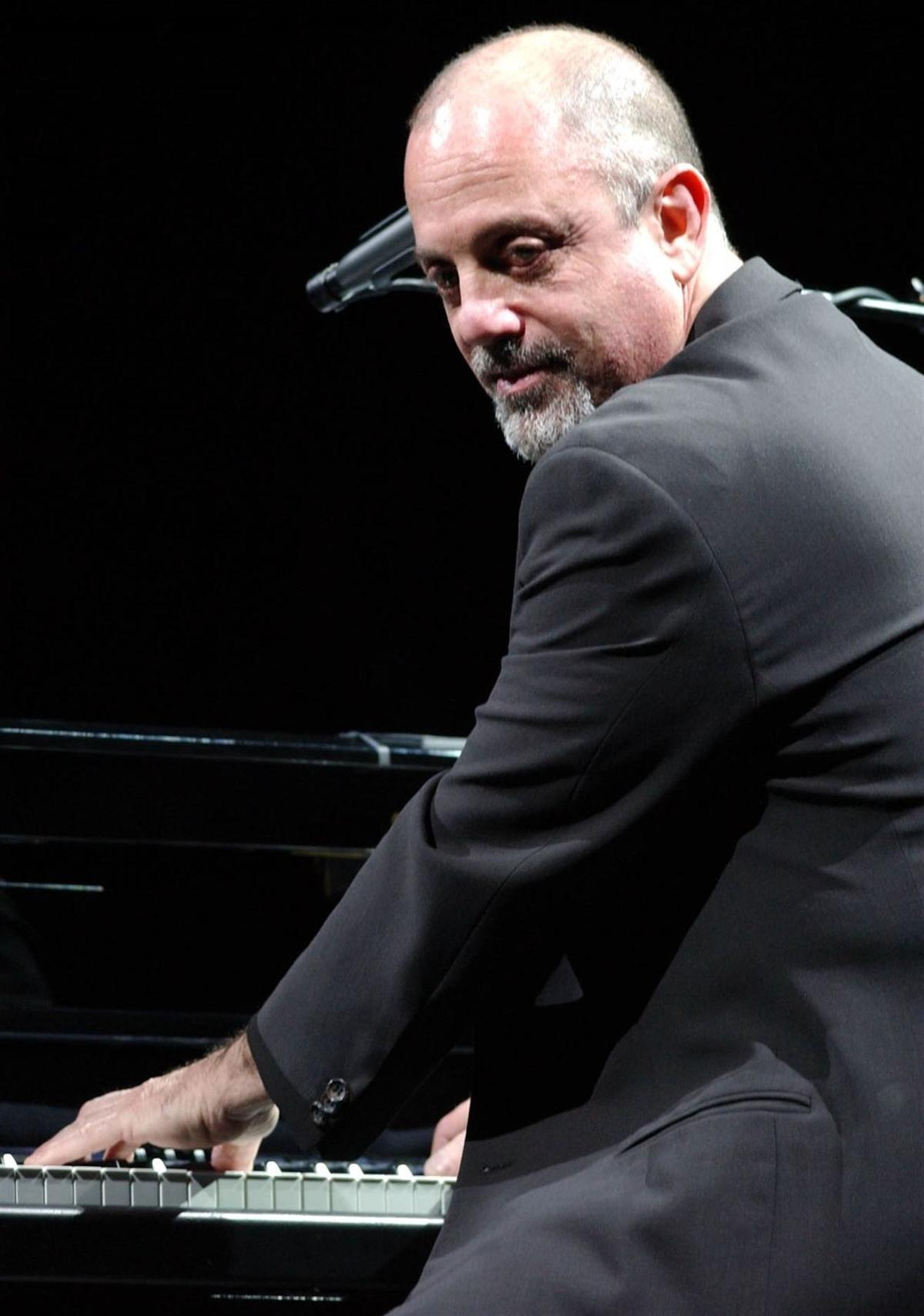ECMO is helping some COVID-19 patients for whom standard treatments have failed and a mechanical ventilator alone is not enough to safely support their breathing. A small percentage of ECMO Centers have begun actually extubating patients on ECMO.
European Countries Search For Ventilators As Virus Cases Surge Financial Times
Providers may be reluctant to perform tracheostomies on patients during ECMO due to their tenuous clinical status and systemic anticoagulation.

Ecmo machine vs ventilator. The ECMO machine itself pumps blood out of the body puts it through an oxygenator puts oxygen in and gets rid of the carbon dioxide. The technology for ECMO is largely derived. People who are on an ECMO machine may be.
OxygenO2 is being delivered into the blood via the ECMO machine and carbon dioxideCO2 is being removed via the ECMO machine. In some medical cases the patient will need to stay on the ECMO machine which is similar to the heart-lung machine used in open-heart surgery. If cardiopulmonary bypass and perfusion are terms used for the same procedure during surgery then ECMO or extracorporeal membrane oxygenation is the term used for the procedure after the surgery.
The machines are not available at every hospital and because they are costly and intensive they are not a practical solution for ventilator shortages. Otherwise the two groups shared similar numbers of days from intubation to cannulation mean 42 vs 50 days days on ECMO 20 days for both and. Depending on a patients medical condition a ventilatoralso referred to as a respirator or breathing machinecan support or completely control breathing for a short period of time or long-term.
Mechanical VentilationExtracorporeal Membrane Oxygenation ECMO Mechanical ventilation is a life support treatment that helps people breathe when they are unable to breathe on their own. In most cases ECMO is considered as a last resort when all means of mechanical ventilatory support as well as prone positioning and maximal medical therapies such. If a patient is on a ventilator and failing to respond and they are relatively young with few comorbidities thats the time to think about ECMO.
Patients receiving extracorporeal membrane oxygenation ECMO often require prolonged mechanical ventilation. Once connected to an ECMO machine the cannulae are not painful. A breathing machine ventilator through a tube endotracheal or ET tube that is placed in the mouth or nose and down into the windpipe.
We report our experience with performing open. Some centers perform tracheostomy some just leave an endotracheal tube in even for prolonged ECMO runs that may last for weeks or months. ECMO machines have been around for decades and patients odds have improved with better pump design.
Many patients remain on the bypass machine for days to weeks. Some centers manage the ventilator the same as if the patient were not on ECMO. Mechanical Ventilation during ECMO How Why Future Studies Eddy Fan MD FRCPC Critical Care Medicine Mount Sinai Hospital and University Health Network Assistant Professor of Medicine Interdepartmental Division of Critical Care Medicine Department of Medicine University of Toronto Extracorporeal Life Support Canada Critical Care Forum.
They shouldnt have been on a ventilator more than seven days before starting ECMO which means that they should be considered for ECMO soon after the decision to intubate them is made. Typically an ECMO patient also remains connected to a ventilator with that machine on a low rest setting so the lungs do not shut down. Extracorporeal membrane oxygenation ECMO also known as extracorporeal life support ECLS is an extracorporeal technique of providing prolonged cardiac and respiratory support to persons whose heart and lungs are unable to provide an adequate amount of gas exchange or perfusion to sustain life.
ECMO Is Better Than Conventional Ventilation For Treating Severe Respiratory Failure From Conditions Like Swine Flu CESAR Trial Written by Stephanie Brunner on September 16 2009. Sometimes being awake on ECMO is a rare option. This translates to many orders of magnitude more resources than a ventilator and significant utilization of health-care workers.
In either VA- ECMO for heart failure or VV- ECMO for lung failure your critically ill loved one is most likely being ventilated and in an induced coma. It then pumps oxygenated blood back into the body.








/cdn.vox-cdn.com/uploads/chorus_asset/file/19319980/Screen_Shot_2019_10_25_at_5.31.31_PM.png)


